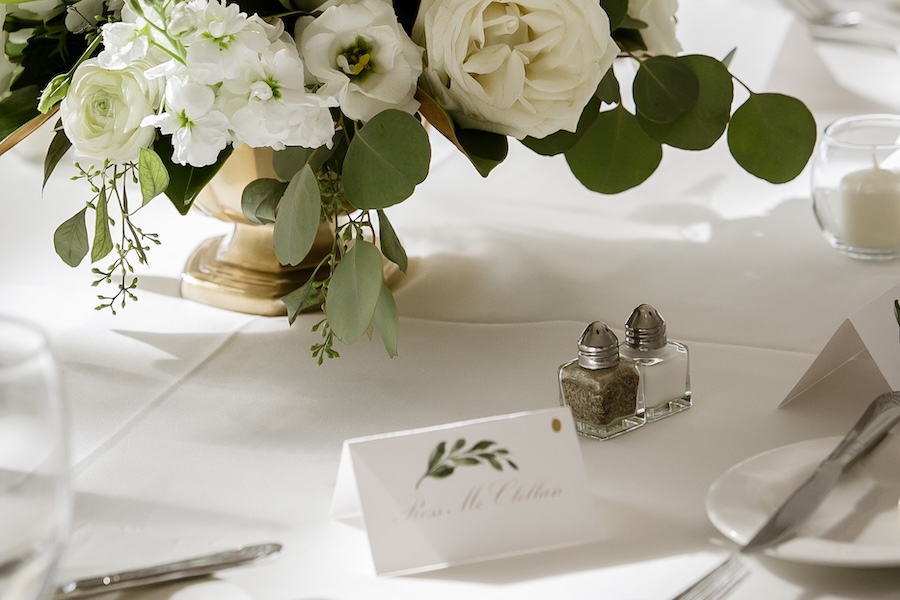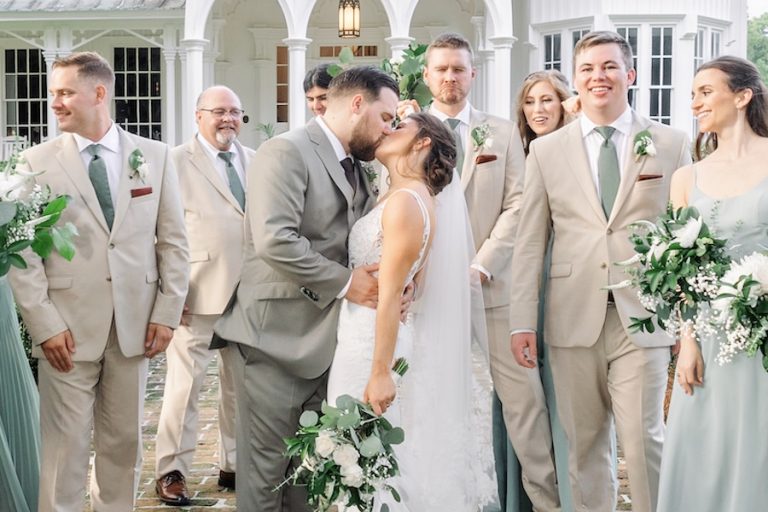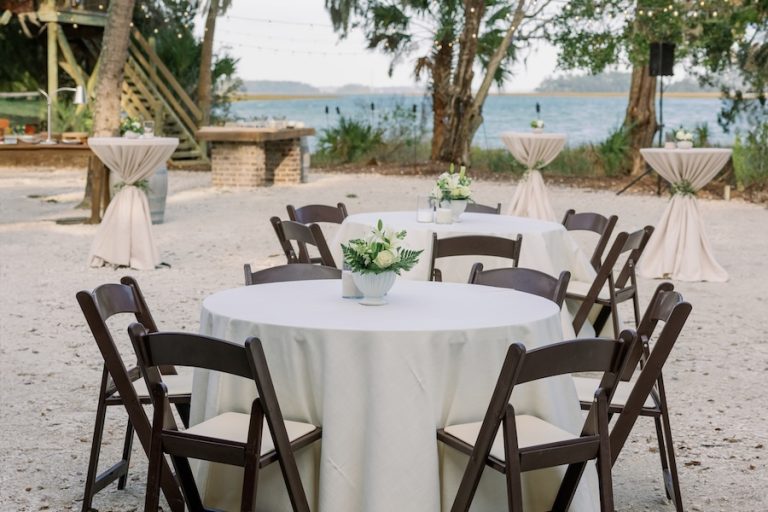Establish the guest list
Make smart choices now to celebrate with the people who matter most
Putting together your guest list might feel simple at first, until you sit down and start counting. Between family expectations, friend circles and the people you have to invite, it can get tricky fast. Add in budget realities and venue size, and it becomes clear that this step is more puzzle than party. But with a few smart strategies, you can make your list work for you and set the stage for a celebration that feels joyful and comfortable for everyone.
Start with your must-haves
The first step is easy: list the people you absolutely can’t imagine the day without. Think parents, siblings, close grandparents, best friends and any chosen family who has supported you. Once you have those names, you’ll know how much room you have left for extended family, co-workers or more distant friends.
Be realistic about numbers
Your guest count drives almost every other decision: the size of your venue, your catering bill and even your rentals. It helps to set a rough budget first, then see how many people you can realistically host in comfort. If you have a must-invite group that’s very large, you may need to make other adjustments, like keeping the menu simpler or trimming other categories to stay within your budget.
Expect input and set boundaries
Families often have opinions about who should be invited, especially in a close-knit place like the Lowcountry. That’s completely normal, but you and your partner should agree early on where to draw the line. For example, will you include second cousins? Plus-ones for single guests? Children? Have a unified answer ready so you can handle those conversations kindly and clearly.
Building a seating chart
Once you know who is coming, it’s time to figure out where they’ll sit. A thoughtful seating chart does more than organize names, it helps create a comfortable, welcoming atmosphere. Here’s how to get started:
- Map out the room. Know the table sizes, shapes and how many guests fit comfortably at each.
- Group thoughtfully. Place people who know each other or who share interests at the same table. Mixing a few new faces can be fun, but aim for at least one familiar connection per guest.
- Be mindful of family dynamics. If there are divorces, strained relationships or other tricky situations, seat people where they can enjoy the night without awkward tension.
- Consider special needs. Elderly guests or those with mobility challenges might need a spot with easier access to restrooms or exits.
Technology can help
Spreadsheets and sticky notes work, but there are also apps and online programs that let you visualize your floor plan, move guests around and even track RSVPs in real time. Many planners use them, and it can save you a ton of headaches.








